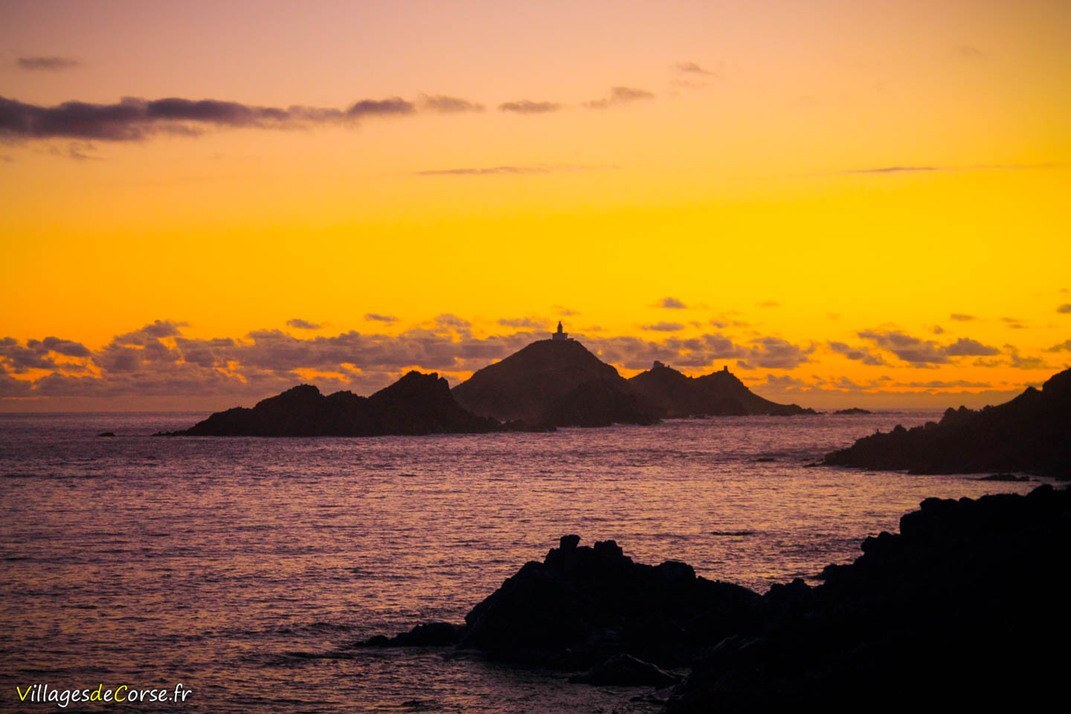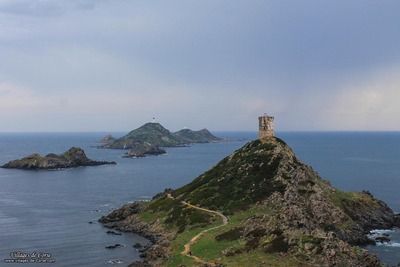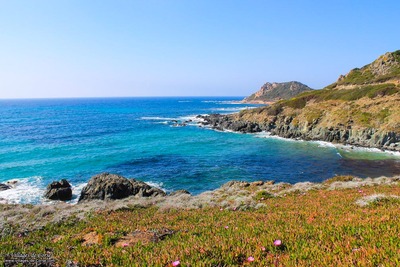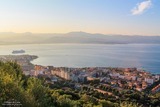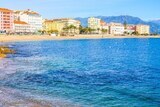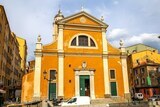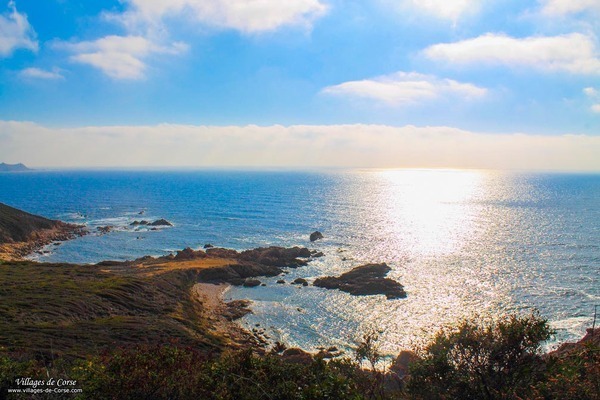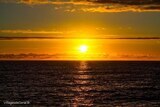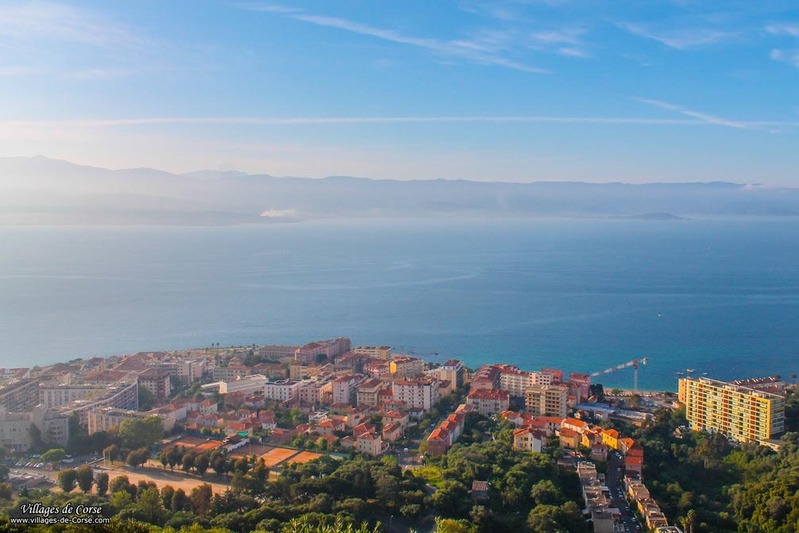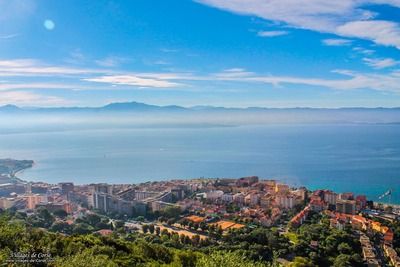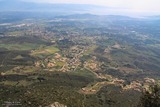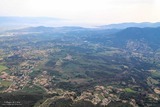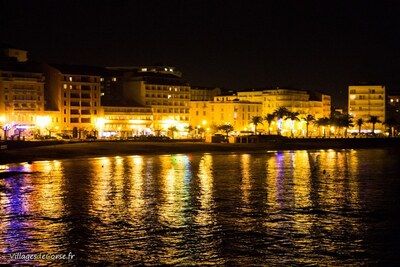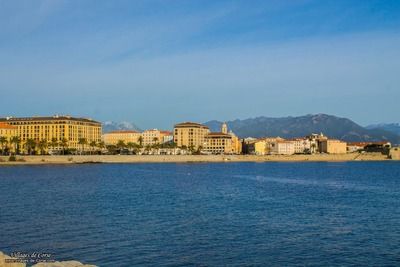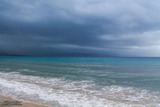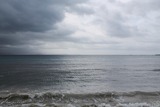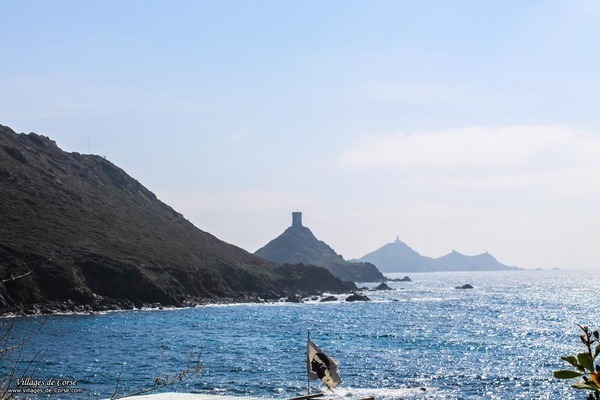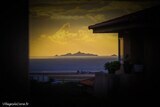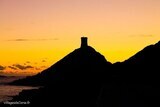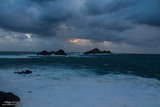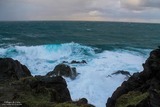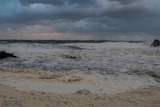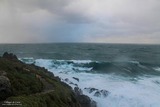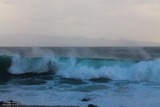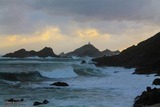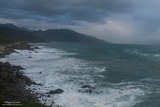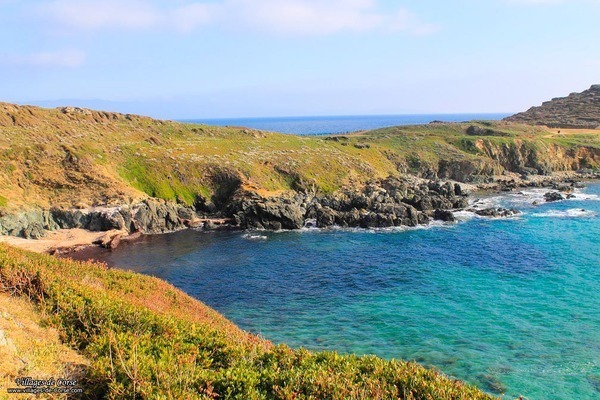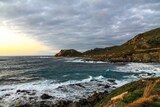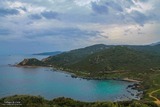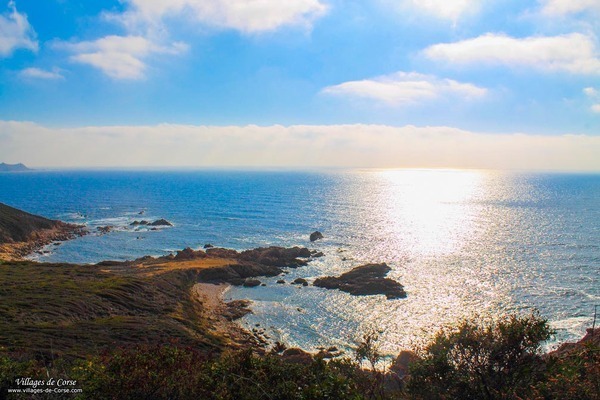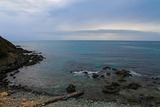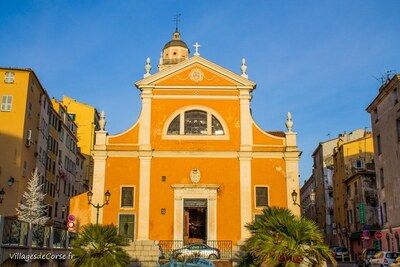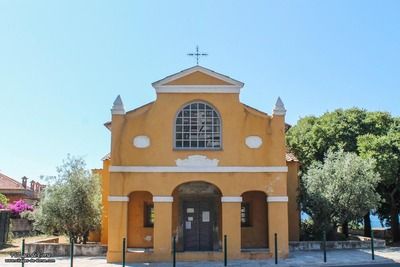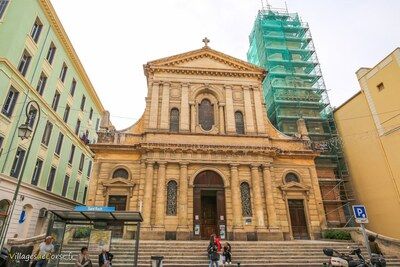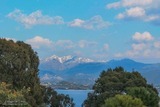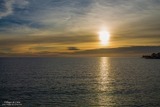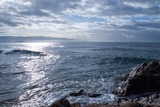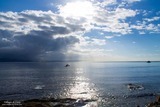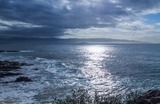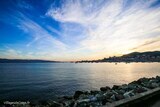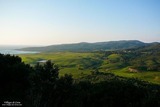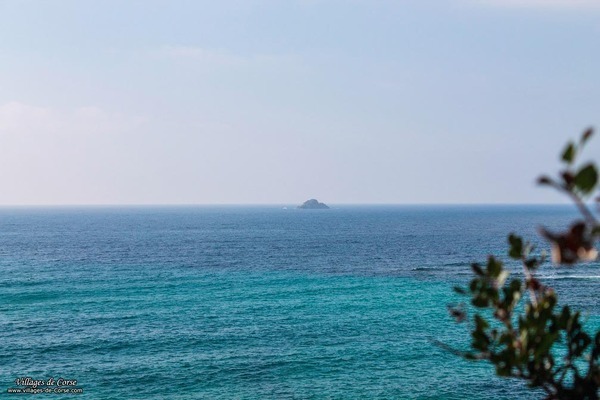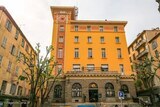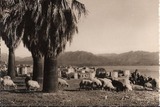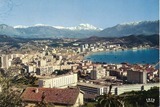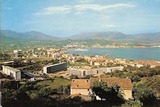- Villages
- Grand Ajaccio
- Ajaccio
Ajaccio
Aiacciu, 75343 PopulationInsee Ajaccio 0 to 787 meters 8203 hectares
To discover Ajaccio (Grand Ajaccio) - Google Map

Sentier des douaniers à A..
Coastal paths
From Parata to Capo di Feno Beach

Balade des Anglais
Ridge path
Family walk on the heights of the city with a view of the Gulf of Ajaccio

Îles Sanguinaires
Sanguinaires Islands
The Sanguinaires Islands and the Pointe de la Parata

La Parata
La Parata
16th Century Genoese Tower on La Parata
- Professional page

La Roulotte
Organic shop
Organic Supermarkets in Bastia, Ajaccio, and Prunete

Place Miot sports facilit..
Workout and fitness
Fitness and body-building equipment
City of Ajaccio
Origin of the Name Ajaccio
There is little evidence to certify the origin of the name of the imperial city - Aiacciu - but numerous hypotheses exist. The name can be found spelled as follows: Aghjacciu, or even in old documents: Addiazzo.
Let us begin with the legend that Ajaccio comes from the name of Ajax, a Greek hero of the Trojan War, son of King Oileus of Locris.
Other more rational explanations relate the name to the Tuscan agghiacciu (sheep enclosure). Byzantine sources from the year 600 name the city Agiation, suspecting a Greek origin, with agathè meaning "good fortune" or "good anchorage," also at the origin of the name of the city of Agde. The name Adjacium is mentioned in the 5th century in the Cosmography of Ravenna; the Latin ad-jacere (to be situated near) - adjacent - seems to have designated the port.
Sources : Corse 10, du golfe de Porto à Ajaccio et Wikipédia - Ajaccio.
Citadel of Ajaccio
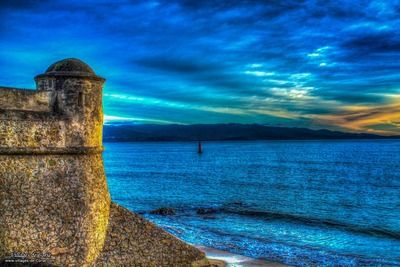
The Citadel of Ajaccio was built in 1492 by the Genoese to form a strong defensive position with a moat, in order to protect themselves from Barbary attacks. The military fortification was expanded by Marshal de Thermes and then Giordano Orsini, between 1554 and 1559 during the Corsican uprising against Genoa, with the support of the King of France. An inscription on an old house not far from the citadel bears the inscription:
"Henry II, by the grace of God King of France and Lord of the island of Corsica, in the year of our Lord 1554"
In 1559, the year of the Treaties of Cateau-Cambrésis, the war that opposed France and Italy among others came to an end, and Genoa regained control of the insular territory, which would rekindle the Corsican revolt.
During the Second World War, it was within these walls that the Resistance fighter Fred Scamaroni was tortured by the Italians before committing suicide so as not to talk.
Ports of Ajaccio
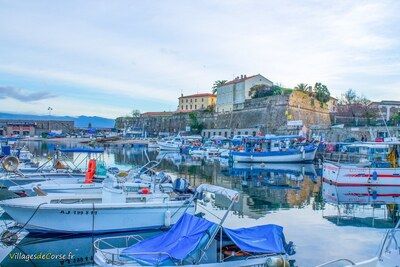
Ajaccio has two marinas, the Tino Rossi port which is located to the south of the city, adjoining the rampart wall of the Citadel, and the Charles Ornano port, 1 km further north on the same shore. Between the two is the commercial port with its maritime station.
The Tino Rossi port has its own website port-ajaccio.com, directly linked to the harbor master's office, where you can reserve a berth directly and much more.
Where to swim in Ajaccio?
Trottel Beach
Trottel Beach is located in a bay about 500 meters southwest of Ajaccio's city center, where swimming is allowed. It is an important and dynamic asset of the city, very popular in the summer and offering a natural space facing the sea.
Ricanto Beach
Ricanto Beach stretches for more than 3 km along the airport road to the east of Ajaccio, forming the central part of Ajaccio's Gulf.
Saint-François Beach
Saint-François Beach is a thin strip of sand at the foot of the southern ramparts of the Citadel.
Capo di Feno Beach
Capo di Feno Beach is located away from the urban area, 30 minutes west of Ajaccio. It is also accessible via the coastal path from the Sanguinaires.
Tourist sites
Sanguinaires Islands and Parata Tower
The Sanguinaires Islands form an archipelago with landscapes that feature on Ajaccio's postcards. They consist of a small island (Mezu Mare) where the lighthouse is located and three consecutive islets (Cala d'Alga, Isolotto, Porri), and are situated away from the city and any habitation on the municipality's coastline.
From the tip of La Parata or from the heights of the Parata Tower, you can perfectly observe the Sanguinaires Islands, which provide a stunning backdrop for sunsets.
Surroundings of La Parata
Churches and Chapels
Santa Maria Assunta Church
The Santa Maria Assunta Church - Our Lady of the Assumption - is the Cathedral of Ajaccio, located south of the old town, not far from the citadel.
Built in the 16th century on the site of former cathedrals, it measures 43 meters long and about 21 meters wide.
It is less than 100 meters away from the Bonaparte House. Napoleon III - Napoleon's nephew - initiated a project to restore, enlarge, and change the orientation of the building to face the family home. The houses between the Church and the Bonaparte House were to be demolished. The change of regime caused the project to be abandoned (Jean-Marc Olivesi, curator of the Bonaparte House).
Chapel of the Greeks
The Chapel of the Greeks marks the beginning of the Sanguinaires road and the end of Ajaccio's city center. It was made available to the Maïnotes, a Greek community of just under a thousand people who sought refuge in Ajaccio between the 17th and 18th centuries. This is why it is called the Chapel of the Greeks.
Notre Dame du Mont Carmel
The building as we know it today was built in 1632, replacing an older monument dedicated to Notre Dame du Mont Carmel (Madonna del Carmine), a reference to a mountain located in the Holy Land. It housed a Black Madonna.
Since the Middle Ages, it was already a sanctuary inhabited by a hermit who would raise the alarm in case of Moorish incursions. Its location and terrace offered a strategic viewpoint over the Gulf of Ajaccio. The Chapel of the Greeks is even mentioned by Napoleon Bonaparte's older brother, as recalled in these writings:
"Our walks with Napoleon extended along the seashore, far beyond the Chapel of the Greeks, skirting a gulf as beautiful as that of Naples..."
Joseph Bonaparte
Later on, Prosper Mérimée would also mention it in his novella "Colomba".
The Chapel of the Greeks remained unchanged until its rehabilitation and renovation in the 1970s. It has since been restored as a Catholic place of worship, once again dedicated to Notre Dame du Mont Carmel, whose patronal feast is set for July 16th. Services are held there once again.
Church of Saint-Roch
The Church of Saint-Roch is located in the heart of Ajaccio, in the center of Cours Napoléon. It dates back to 1885 and was built based on the project of Ajaccian architect Barthélémy Maglioli, born in 1856 and died in 1909.
Its bell tower is located next to the building, which is built on an elevated platform. The Church of Saint-Roch underwent a facade renovation in the spring of 2018. Further restorations are planned depending on donations received by the parish.
Services are held there throughout the year.
